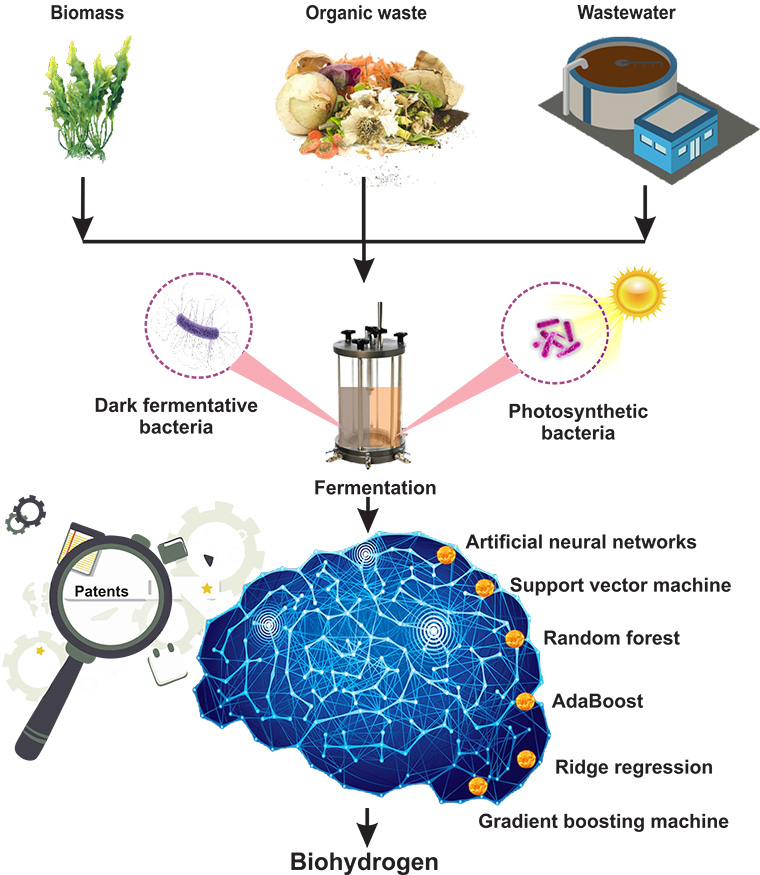Document Type : Review Paper
Authors
1
Department of Mechanical Engineering, GMR Institute of Technology, Rajam-532127, Andhra Pradesh, India.
2
Department of Mechanical Engineering, KPR Institute of Engineering and Technology, Coimbatore 641407, Tamilnadu, India.
3
Department of Chemical and Petroleum Engineering, University of Calgary, 2500 University Drive NW, Calgary, Alberta, T2N 1N4, Canada.
4
Fluid Mechanics, Thermal Engineering and Multiphase Flow Research Lab. (FUTURE), Department of Mechanical Engineering, Faculty of Engineering, King Mongkut's University of Technology Thonburi, Bangmod, Bangkok 10140, Thailand.
5
National Science and Technology Development Agency (NSTDA), Pathum Thani 12120, Thailand.
6
Department of Bioengineering and Imperial College Centre for Synthetic Biology, Imperial College London, London SW7 2AZ, UK.
7
School of Chemical Engineering and Technology, Xi'an Jiaotong University, Xi'an, Shaanxi 710049, China.
8
Department of Chemical Engineering, Imperial College London, London SW7 2AZ, UK.
9
Laboratory on Convective Heat and Mass, Transfer, Tomsk State University, 634050 Tomsk, Russia.
10
State Key Laboratory of Multiphase Flow in Power Engineering, Xi'an Jiaotong University, Xi'an, Shaanxi,710049 P.R. China.
Abstract
Biohydrogen is emerging as a promising carbon-neutral and sustainable energy carrier with high energy yield to replace conventional fossil fuels. However, biohydrogen commercial uptake is mainly hindered by the supply side. As a result, various operating parameters must be optimized to realize biohydrogen commercial uptake on a large-scale. Recently, machine learning algorithms have demonstrated the ability to handle large amounts of data while requiring less in-depth knowledge of the system and being capable of adapting to evolving circumstances. This review critically reviews the role of machine learning in categorizing and predicting data related to biohydrogen production. The accuracy and potential of different machine learning algorithms are reported. Also, the practical implications of machine learning models to realize biohydrogen uptake by the transportation sector are discussed. The review indicates that machine learning algorithms can successfully model non-linear and complex interactions between operational and performance parameters in biohydrogen production. Additionally, machine learning algorithms can help researchers identify the most efficient methods for producing biohydrogen, leading to a more sustainable and cost-effective energy source.
Graphical Abstract

Highlights
- The role of machine learning (ML) in biohydrogen production is detailed.
- ML can predict complex data and identify patterns in biohydrogen production.
- The patent landscape suggests promising potential for biohydrogen to replace fossil fuels.
- Improving ML predictive performance in biohydrogen production is a future need.
Keywords

